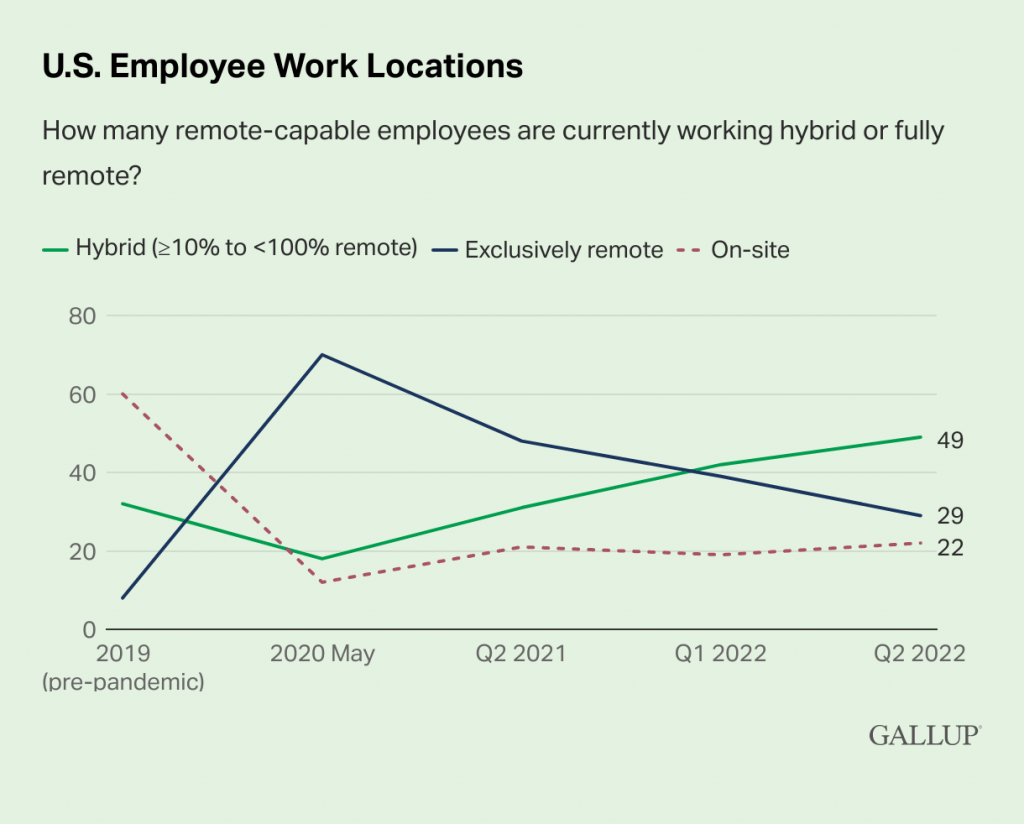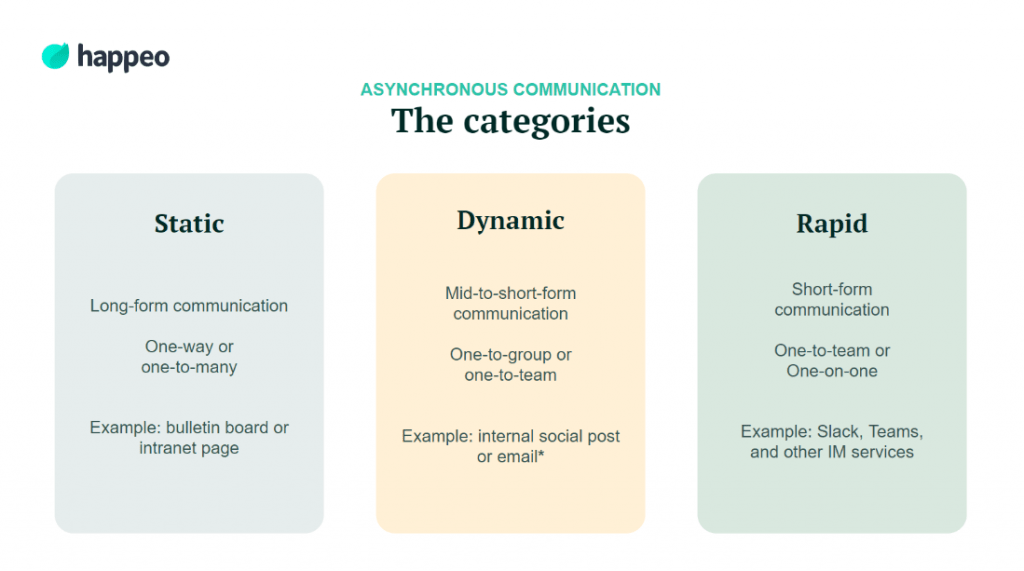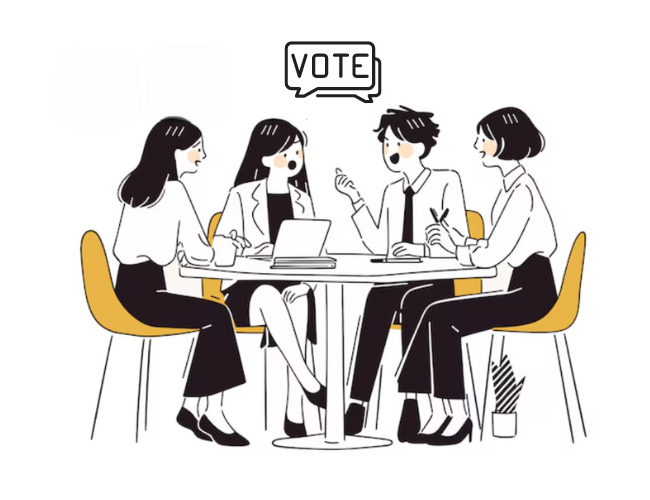Internal communication is an important, but often overlooked, strategy for a successful business. Powerful corporate communication promotes alignment across an organization. Wellable recently hosted a webinar with Happeo, a modern intranet provider, to discuss the most effective approaches to developing a strong internal communication program in today’s working world.

This post will summarize key discussion points from the webinar and provide actionable ideas for human resources and communication leaders.
Work arrangements have transformed over the past few years, with an accelerated shift to remote and hybrid environments. However, the way in which many organizations communicate internally has failed to evolve at the same pace.
Employers continue to rely on single channel, top-down communication strategies, where information is shared from senior leadership and then moves its way down the business. This type of messaging can be effective in a traditional ‘in-office’ setting but doesn’t perform well in an environment where employees are no longer tied to a central location or time zone.
According to Gallup research, the number of people performing hybrid work has increased this year from 42% in February to 49% in June, and is expected to rise even more with predictions of 55% of workers being able to work from home by the end of 2022.

With hybrid work taking the lead as the most common work model, companies have been forced to embrace technologies that support collaboration and productivity in different locations. Although new tools unlock new opportunities, they can also present challenges for businesses that are not accustomed to working across multiple channels. It is more important than ever to adapt appropriate internal messaging strategies with asynchronous communication.
Understanding Asynchronous Communication
During last week’s webinar, Wellable CEO Nick Patel met with Happeo Product Marketing lead, Jonathan Davies, to discuss the importance of asynchronous communication in a hybrid work environment.
Asynchronous communication is when colleagues talk to each other, but not at the same time. It can happen slowly, such as when you send an email, instant message, or leave a voicemail. Davies breaks asynchronous communication into three categories based on speed, frequency of change, and audience size. The three types of communication presented were (i) Static, (ii) Dynamic, and (iii) Rapid.

- Static Communication: This is long-form messaging. It is a one-way conversation that is meant to reach many people. These messages don’t need to be changed or updated every few weeks. A simple example would be a corporate video for an internal campaign or an intranet page.
- Dynamic Communication: This communication type moves quickly, but not as quickly as rapid communication. It only takes one or two minutes to communicate, and it’s easy to see. An example of dynamic communication is posting to an internal social media network or emailing a team. Dynamic communication enables organizations to move valuable information from siloed conversations to an entire functional group or business.
- Rapid Communication: This is one of the fastest-growing ways to communicate with employees, especially in a hybrid workplace. Messages are highly visible for only a brief time. Rapid communication is either one-to-one or one-to-small groups. Common technologies that support this type of communication include Slack and Microsoft Teams.
Implementing Asynchronous Communication
It is important to consider the target audience and objective of each message when determining which method of communication should be used. Every business is unique and will require a mix of all three communication types depending on what information is being shared.
“If you really want to capitalize on this model, you need to create synergy.”
– Jonathan Davies, Happeo
Companies must find a way to utilize all three asynchronous communication categories. They all belong to the business communication ecosystem meaning one without the other would slow things down within any business.
Before sharing your next message, think about whether it’s static, dynamic, or rapid and utilize the correct channel from there!












